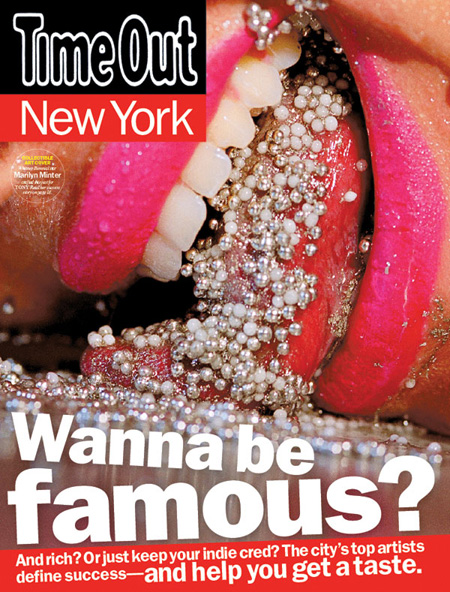Driving Home Your Aesthetic
David Cote in the Guardian theatre blog is primarily distressing over the recent firing of David Rooney, the chief theatre critic at Variety. He laments the fact that Rooney’s job will now be filled by freelance reviewers, but by the end of the post he has widened his lens to describe the the role of the reviewer in general.
We critics, reviewers, consumer reporters are the dung beetles of culture. We consume excrement, enriching the soil and protecting livestock from bacterial infection in the process. We are intrinsic to the theatre ecology. Eliminate us at your peril.
Theatre critics might want to graze slightly removed from David’s dunghill duties at Time Out New York and seek out the many theatre artists who are creating work outside the confines of a product aspiring toward a five star listing in a tourist or consumer magazine.

David’s observation in his blog post is spot-on as far as the digital information highway glutting the roads with citizen drivers now shouting opinions out of the window of their blogosphere and Facebook vehicles.
pullulating buzz of artists promoting shows, audiences offering their opinion, badly written amateur reviews, friends promoting friends.
He also then correctly predicts a hopeful trend towards finding,
maybe – just maybe – a few informed theatregoing bloggers whom we trust.
But he misidentifies some of these bloggers by labeling them simply as citizen playgoers, while what is emerging is a whole new breed of “dramaturg†who filters and disseminates culture. The historical dyad of Artist and Critic has eroded, hastened along by the digital revolution. The new monad of artist/critic has both a producing and a writing practice. This hybrid practitioner is a stakeholder in an aesthetic; s/he has a theory-in-practice to defend or explain or propagandize. So to coin a new phrase and acronym: theory-in-practice, TIP. The criticism of others’ TIPs will necessarily have both the bias and the integrity of one’s personal TIP at its foundation as it defines and delineates borders among varieties of theory-in-practice.
This kind of criticism creates a venue for an exchange of ideas outside the market, a discourse about the artform itself. An iceberg breaking off from that frozen mass of the larger media culture, creating its distinct identity. The many TIPs then, of that iceberg.
David cynically predicts such a discourse could not maintain itself.
“But guess what? Those citizen critics will be bought out by media companies, or they’ll eventually quit, because they’re not being paid to filter the culture.â€
David conflates critic with reviewer with consumer reporter. But the classic critic has more affinity with the artist than with the consumer reporter/reviewer. And the hybrid TIP artist/critic takes h/er mandate one step further. While neither artist nor critic is divorced from that crude modern-day construct called the “theatre consumer,†most are not aspiring to create a product with the kind of broad appeal desirable by big media. Their aim is to create a practice tied to theory or life philosophy, living manifestos that create critical dialogue, for which the blogosphere is an ideal medium.
This new auto-mobile beginning to populate the glutted information highway no doubt will have characteristics destined to be branded “elite.†But the goal would be to make this vehicle less conspicuous and more efficient than a limousine, something to blend in at the fringes and side roads with all the other traffic.
Perhaps it should have a retractable bumper sticker to be used only when traveling in the vicinity of the dung beetles, a warning label of sorts, so that they don’t mistake us for their meal, a consumer product they need to take Time Out to review.

One thought on “Driving Home Your Aesthetic”
Not so long as the blogosphere is defined as postings by “citizen bloggers,” if not worse (Rooney himself characterizes them as “people just filing random articles on blogs”). You’re right that the blogosphere is an ideal medium for what you’re calling “TIY,” but there clearly is no interest from Variety, TONY, or anybody else really to post these in the print media. Or even online at the blogs these publications, along with the Guardian and the NYTimes, maintain. What we’re seeing here is the death of reviewer-as-celebrity, and this is these reviewers’ amour propre; and without the ability to fly the Time Out NY, Backstage, Variety or Guardian flag over their words, they become just like the rest of us. Which is, perhaps, what they fear most.
Comments are closed.